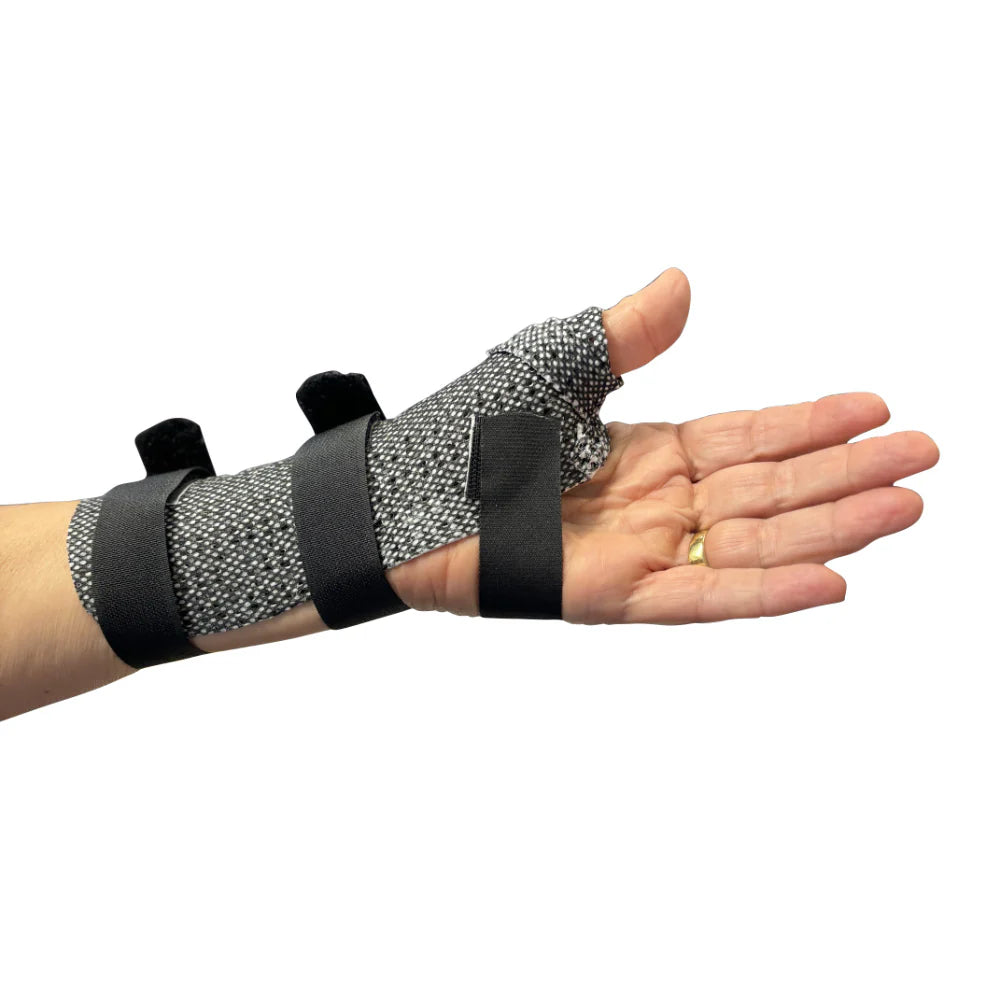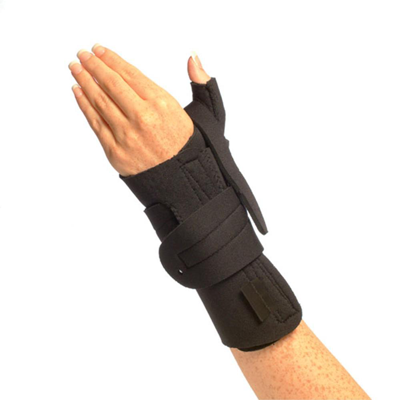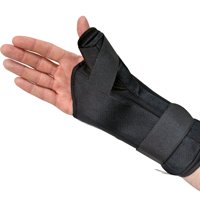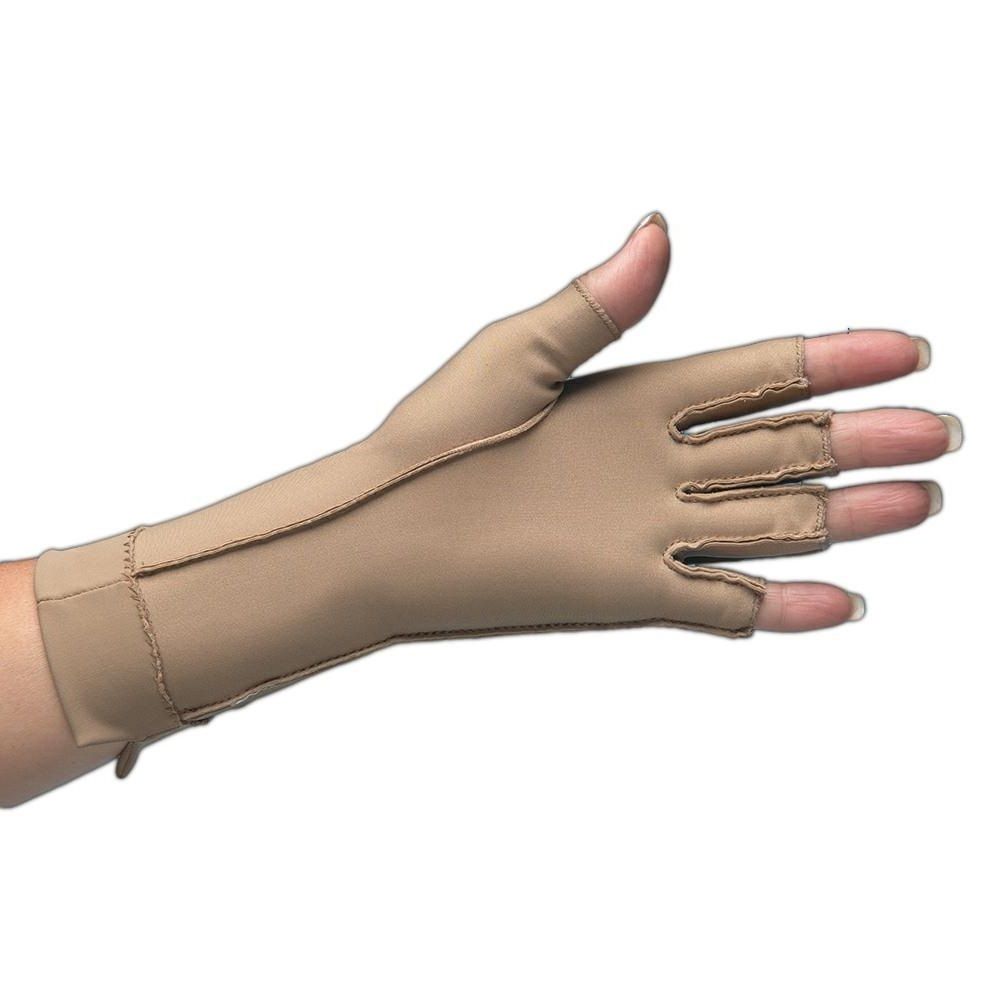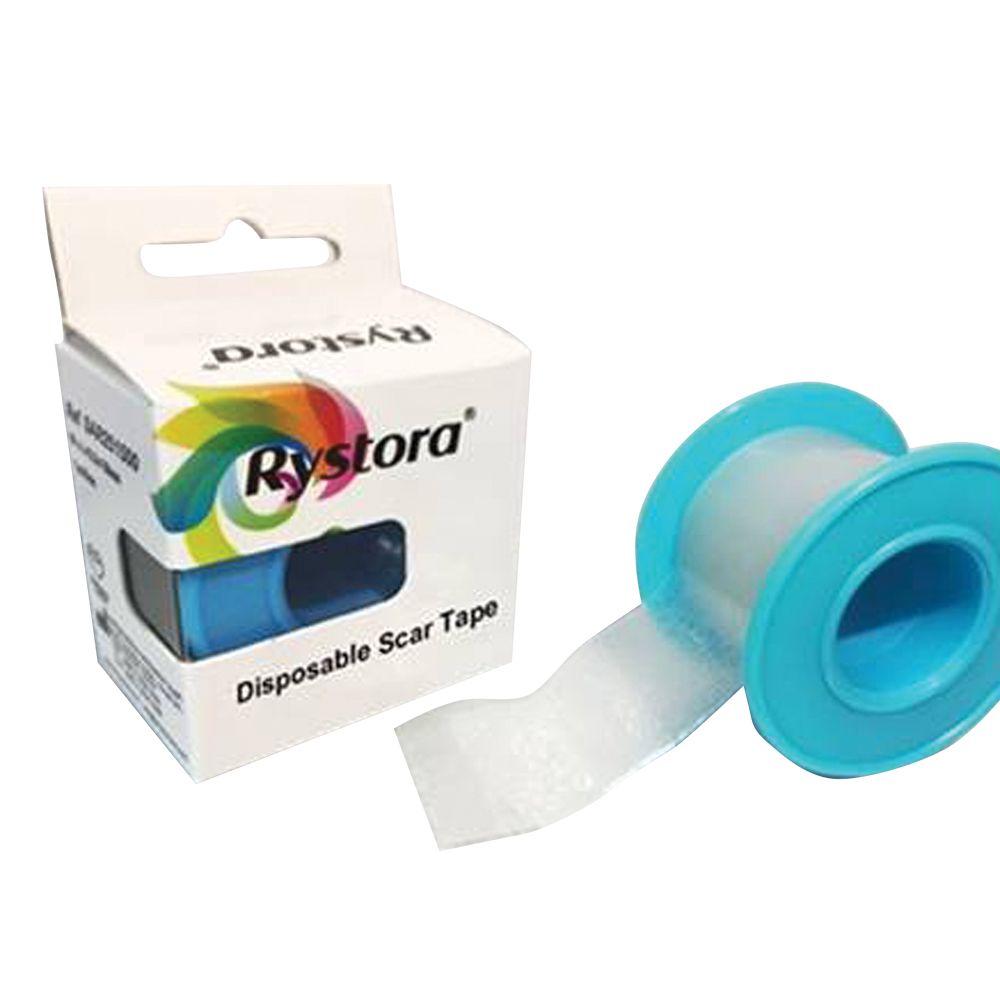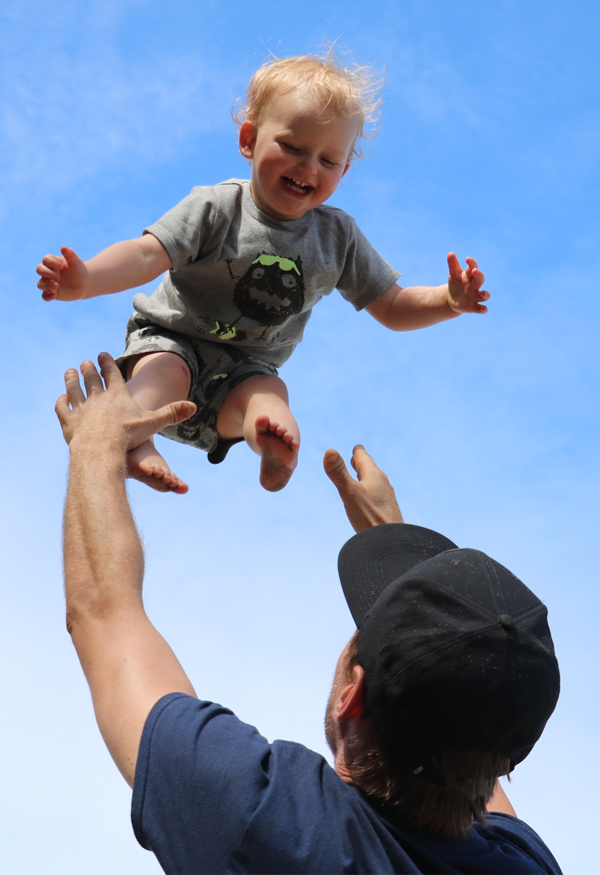Approximately 80% of adults will experience lower back pain in their lifetime. About 20% of these people will go on to have chronic back pain with persistent symptoms.
A combination of treatment is important to solve all issues related to this and ongoing physiotherapy treatment is essential. Bracing is effective especially at the acute phase of back pain and/or at time of flare up.
We have introduced our gold standard Aspen spinal range which includes a top of the range lumbar brace (great for the common issue of lower back pain). Aspen have been re-evaluating spinal braces for the last 25 years and made a significant change in protocol around cervical spine care when they launched their Aspen collar. They invest considerably in research and development and regularly have clinical testing to properly evaluate these braces.
Back bracing is well evidenced for:
1- Increasing trunk stability
2 - Reducing muscle spasms
3 - Significantly reducing pain
(Ref-1,2,3)
Unfortunately some information has been misleading on back bracing, advising that they only cause muscles to weaken. When there is an injury or strain the back muscles naturally contract to prevent further damage. This muscle guarding then overworks this area and leads to spasming and pain. Inelastic bracing helps reduce tension in these over worked muscles thus resulting in these three positive outcomes.
Good advice should be given in terms of continuing exercising and strengthening so that the patient is then able to strengthen without needing the aid of the brace.
Another huge benefit from bracing, is its ability to significantly reduce the consumption of pain medication. This then assists patients to become more mobile, advancing their recover and improving their walking distance.
(Ref-4,5,6,7)
The Aspen Lumbar Support is a low profile, inelastic brace. Inelastic bracing in lumbar sacral orthoses have been shown to be more effective than elastic versions and result in clinically significant improvements on the Oswestry Disability Index (ODI).
(Ref 6,12)
It's patented 4:1 tightening system is like no other for enhanced support. The firm pulley system results in instant and significant support. Designed to provide trunk stability and targeted compression this low profile brace is ideal for patient compliance.


For more proximal back pain or shoulder or shoulder blade issues we have an effective postural support.
Most postural supports cover a short area and can cause pressure and rubbing under the armpit. They also rely on elasticity and compression alone to effectively extend the shoulders.
Our Mediroyal Exto Light does not rely on these factors. Instead it combines a comfortable open design with a longer lever arm to anchor on the spine and encourage the shoulders back. It is made from high quality material and is easy to put on with a back pack style application.
The shoulder straps are linked to two nylon straps that are hidden inside the design to provide a high friction, making it easy to adjust the extension support without much force. There is also a more supportive section at the top of the lumbar spine. The design has also been fitted with a low profile hook that makes a good grip onto the material.

References
1. Cholewicki, J., Reeves, N,P., Everding, V,Q., Morrisette, D,C., Lumbosacral orthoses reduce trunk muscle activity in a postural control task. Journal of Biomechanics. 2007; 40(8): 1731-6. Epub 2006 Oct 18.
2. Cholewicki, J. The effects of lumbosacral orthoses on spine stability: what changes in EMG can be expected? Journal of Orthopaedic Research. 2004 Sep; 22(5): 1150-5.
3. Penrose, K,W., Chook, K., Stump, J,L., Acute and chronic effects of pneumatic lumbar support on muscular strength, flexibility, and functional impairment index. Sports Medicine, Training and Rehabilitation. 1991; 2(2): 121–129.
4. Jellema, P., Bierma-Zeinstra, S,M., Van Poppel, M,N., Bernsen, R,M., Koes, B,W., Feasibility of lumbar supports for home care workers with low back pain. Occupational Medicine. 2002 Sep; 52(6): 317-23.
5. Cholewicki, J., The effects of lumbosacral orthoses on spine stability: what changes in EMG can be expected? Journal of Orthopaedic Research. 2004 Sep; 22(5): 1150-5
6. Morrisette, D,C., Cholewicki,J., Logan, S., Seif, G., McGowan, S., A randomized clinical trial comparing extensible and inextensible lumbosacral orthoses and standard care alone in the management of lower back pain. Spine. 2014 Oct 1; 39(21): 1733-42.
7. The American Academy of Pain Medicine. American Academy of Pain Medicine. Available at: http://www.painmed.org/patientcenter/facts_on_ pain.aspx#refer. Accessed October 1, 2021.


